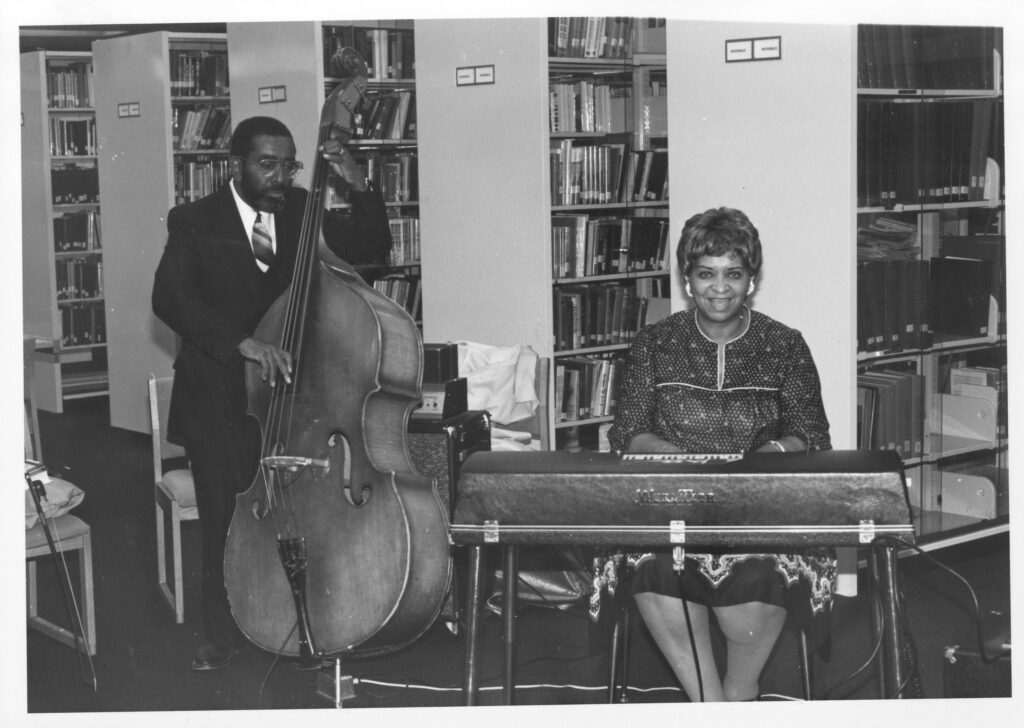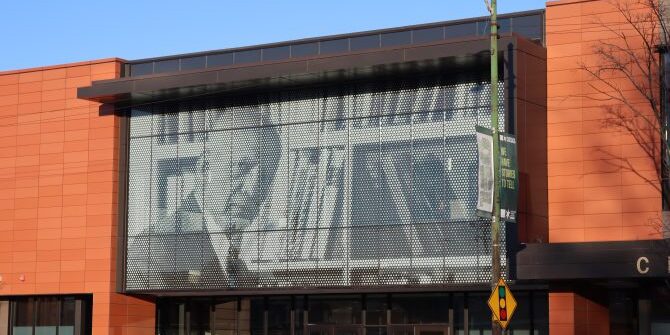Chicago’s neighborhoods reveal a complex tapestry woven with threads of history, culture, and inequity. Maps of the city starkly demonstrate racial disparities, particularly in health outcomes. Residents in predominantly Black neighborhoods often face lower life expectancies, while communities that are primarily white show a prevalence of fewer preventable diseases. Despite these disparities, every one of Chicago’s seventy-seven communities boasts a public library branch, standing as inclusive third spaces that welcome all who visit. Among these, one library in particular has become a cornerstone for my own research and love of literature.
The Vivian G. Harsh Research Collection of Afro-American History and Literature, nestled within the Woodson Regional Library on West 95th Street, is a treasure trove for anyone interested in African American history. This collection is not only the largest of its kind in the Midwest but also serves as a vital resource for those exploring the layers of Black culture and heritage in Chicago. My journey often begins here, where I conduct research for various journalism projects and immerse myself in the wealth of materials available.
The collection is home to items from literary giants like Zora Neale Hurston and Langston Hughes, but it goes far beyond the familiar names. This year, my focus has turned to the feminist dimensions of the Black Radical Congress of 1998 and the life of Era Bell Thompson, formerly an editor at Ebony Magazine. Last year, my research into hair relaxers led me to discover Annie Malone, an influential entrepreneur in the beauty industry who operated a hair school in Chicago during the same period as Madam C.J. Walker. Furthermore, the papers of Toni Bond, executive director of the Chicago Abortion Fund in the 1990s, illustrate the reproductive justice movement in our city.
Vivian G. Harsh was more than just a librarian; she was a pioneer. In 1932, she became the first Black library director for the Chicago Public Library, taking the helm at the George Cleveland Hall branch in Bronzeville—Chicago’s inaugural full-service library dedicated to African American patrons. Harsh transformed the library into a cultural hub, hosting readings by notable writers such as Richard Wright, Margaret Walker, and Gwendolyn Brooks. During the Chicago Black Renaissance, she inaugurated the “Special Negro Collection,” ensuring the preservation of Black narratives and experiences. In naming the collection after her, we pay homage to her pivotal role in maintaining and celebrating Black culture.

But the archives within the Harsh Collection are not the sole domain of researchers or scholars; they are resources for the curious minds of all ages. Are you familiar with Addie Wyatt, Leroy Bryant, Milton O. Davis, or Dr. T.R.M. Howard? These figures, along with countless others, played pivotal roles in shaping Chicago’s history, and a visit to the Harsh Collection offers a chance to uncover their stories. Open to the public, the reading room invites visitors to delve into a multitude of themes—church history, culinary legends, labor movements, and the roots of blues music among them. While the materials can’t be checked out, the supportive staff is always on hand to assist and guide your exploration.
For those interested in immersing themselves in the rich history encapsulated within the Vivian G. Harsh Research Collection of Afro-American History and Literature, the library is located at 9525 S Halsted St. Visitors are welcome by appointment, available Tuesday through Thursday from 1–5 PM, and from 1-4 PM on every third Saturday of the month. You can reach the collection at harshcollection@chipublib.org or call them at (312) 745-2080. For more details, visit their page at chipublib.org/vivian-g-harsh-research-collection.
✶ ✶ ✶ ✶



